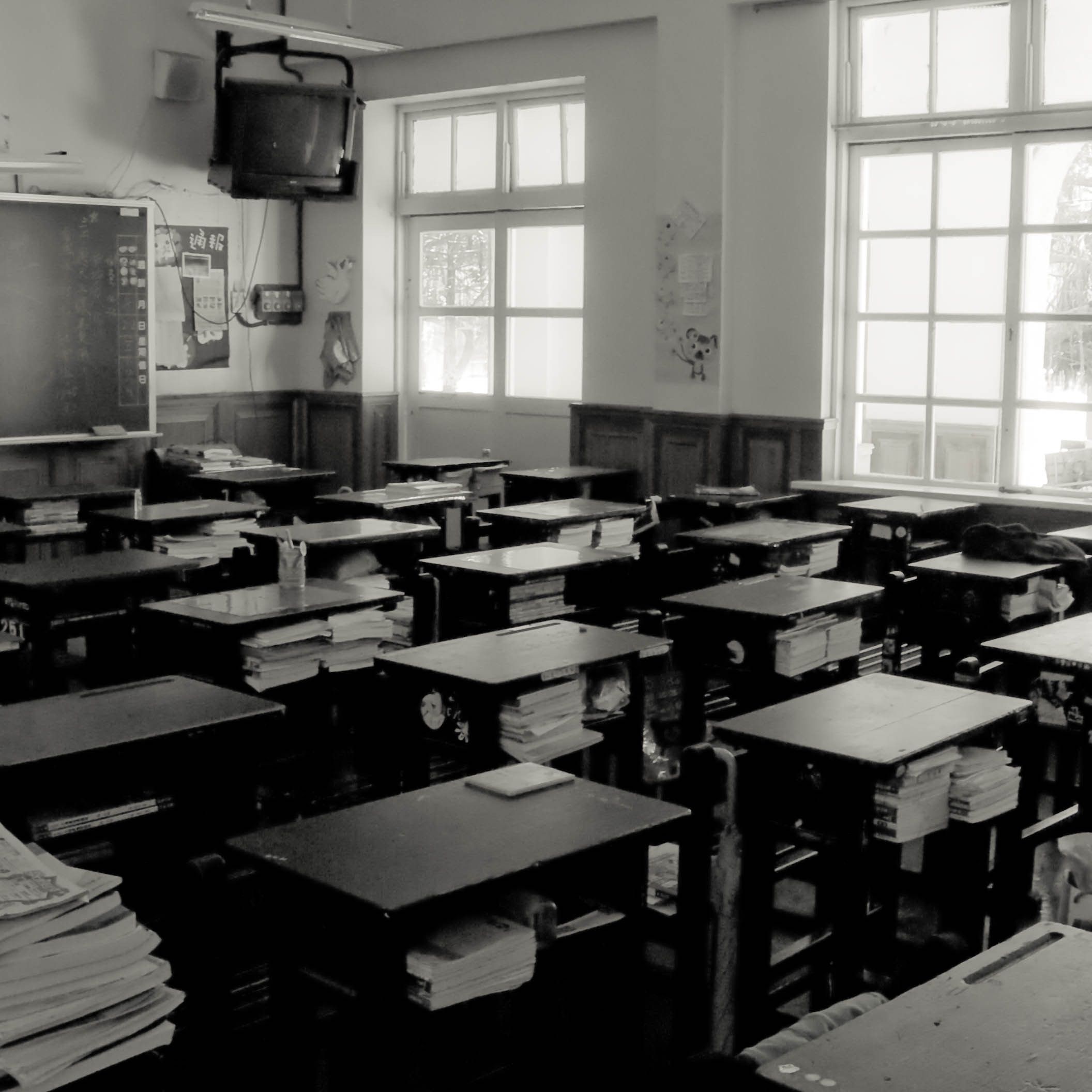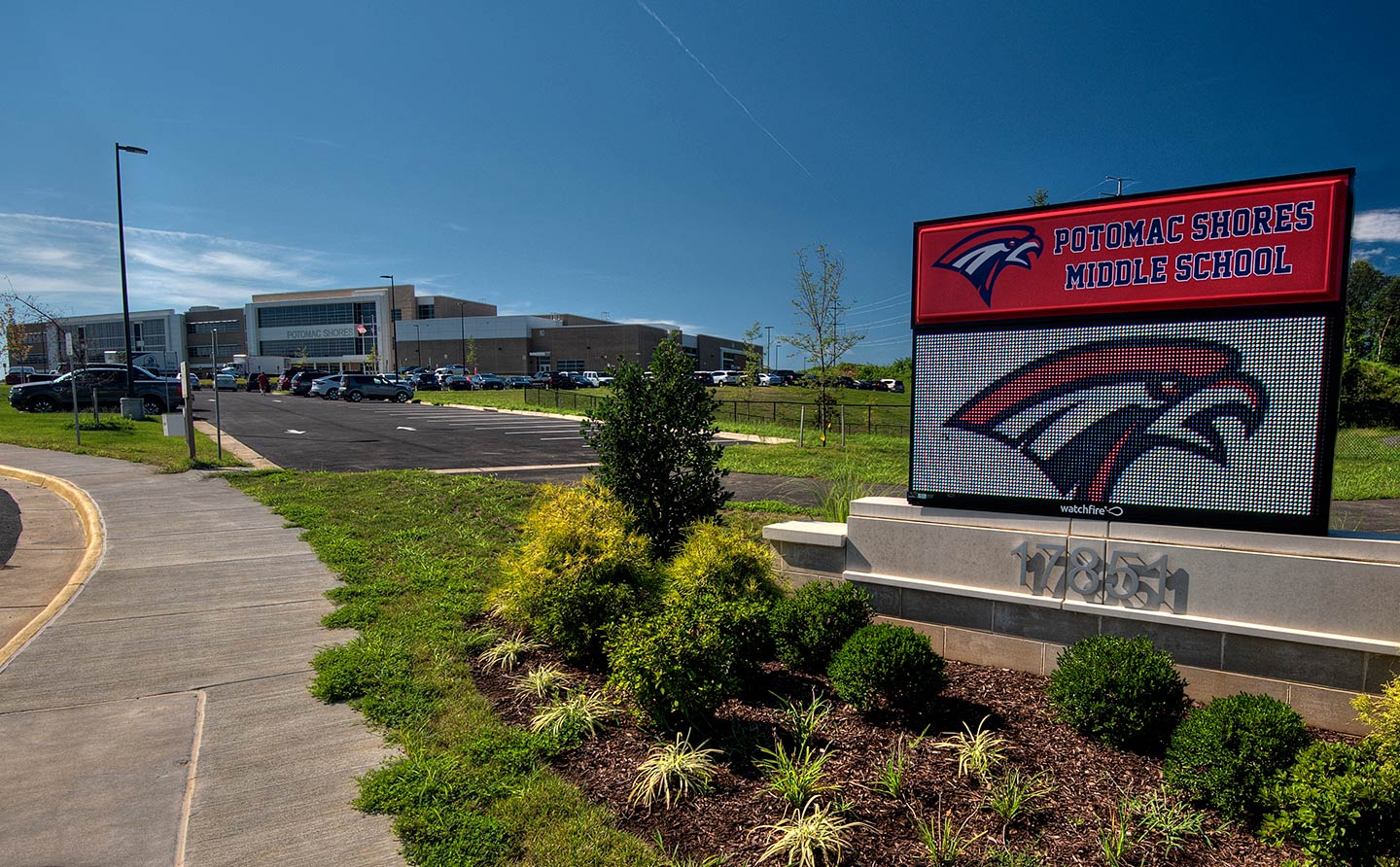Youngkin outlines steps to address teacher shortage in executive directive
Teacher advocates raise concerns over teacher pay, highly politicized working environments
Gov. Glenn Youngkin signed an executive directive on Thursday that aims to address teacher shortages in Virginia through strategies that include hiring retired educators and targeting recruitment and retention efforts toward communities most in need.
His directive comes as the nation and Virginia face shortages of teachers due to such possible causes as highly charged political battles over education, the pandemic and dissatisfaction with wages.
“I’m frustrated that we have a shortage right now,” said Youngkin. “It’s been a persistent shortage over many years, and it hasn’t been closed, and that’s why today’s executive directive is focused on the near-term challenges, but also getting at some of these long-term solutions.”
Data from school divisions, which report their unfilled positions annually on Oct. 1, showed that Virginia’s teacher vacancies more than doubled from 1,063 in 2019 to 2,563 in 2021.
The Virginia Department of Education said the most critical teacher shortage areas are in elementary education followed by special education and middle school education.
Superintendent of Public Instruction Jillian Balow and Secretary of Education Aimee Rogstad Guidera joined the governor along with Republican Dels. Tara Durant and Phil Scott, who represent parts of Stafford County, on Thursday at Colonial Forge High School for the announcement of the new executive directive. The group joined community leaders, teachers and students to discuss plans for addressing statewide learning loss.
Under the directive, Balow will be permitted to issue teaching and renewal licenses to out-of-state and retired teachers whose licenses may have lapsed. Guidera and others from the administration will be charged with developing legislative proposals to loosen regulations for teacher licensure and policies to support the provision of child care inside schools.
Department of Labor and Industry Commissioner Gary Pan and Balow will also establish an apprenticeship program with school divisions to train and license new teachers, including paraprofessional educators.
Additionally, Youngkin directed education officials to establish a statewide model policy to create an apprenticeship program to train high school students to become child care providers and asked officials to raise teachers’ awareness of the state’s Child Care Subsidy Program, which assists families with child care costs.
Officials are directed to target grants for recruitment and retention bonuses to school divisions with the greatest teacher turnover.
Funds will also be targeted to improve teacher benefits under the directive.
On Thursday, Youngkin touted lawmakers’ inclusion in the state budget of 10% raises for teachers over the next two years, as well as funding for lab schools and school construction and renovations.
However, teacher advocates raised concerns over teacher pay and highly politicized working environments.
James Fedderman, president of the Virginia Education Association, an organization that represents more than 40,000 teachers and school support professionals, said the governor’s directive has ideas the membership can support but doesn’t offer serious investments to address the teacher shortage.
Fedderman said educators have been seeking competitive salaries and additional aid to high-poverty schools through the at-risk add-on — a funding tool that allocates additional dollars to low-income students.
Additionally, he said educators recommend lifting the “support cap,” which limits state aid for critical school positions, investing in community school models to break down barriers to education faced by many students and fully funding the Standards of Quality set by the Virginia Board of Education.
10 teaching endorsement areas with critical shortages, 2022-23
- Elementary education, pre-K-6
- Special education
- Middle education, grades 6-8
- Career and technical education
- Mathematics grades 6-12 (including Algebra 1)
- Science (secondary)
- Foreign language pre-K-12
- English (secondary)
- History and social science (secondary)
- Health and physical education
Source: Virginia Department of Education
Other challenges potentially linked to recruitment and retention problems include inadequate funding for schools that are not fully accredited.
Schools without full accreditation have a higher concentration of inexperienced teachers compared to fully accredited schools, found one VEA report.
Additionally, schools without full accreditation had twice the teacher vacancy rates in October 2021 than fully accredited schools.
The Department of Education will not have data on unfilled teacher positions for 2022-23 until next fall. Data on unfilled teacher vacancies for 2021-22 are expected in the fall.
Virginia Mercury is part of States Newsroom, a network of news bureaus supported by grants and a coalition of donors as a 501c(3) public charity. Virginia Mercury maintains editorial independence. Contact Editor Sarah Vogelsong for questions: info@virginiamercury.com. Follow Virginia Mercury on Facebook and Twitter.



